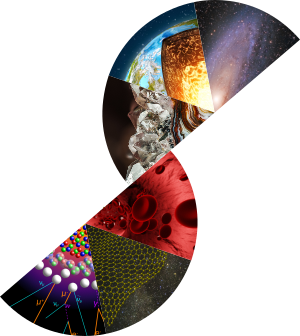Bio-based polymers have attracted attention of materials research and industry in recent years because they are derived from renewable natural resources and thus can be a sustainable alternatives to petroleum-based polymers(1). Among bio-based monomers, the terpenes-based monomers are attractive because of their abundance, price, and biocompatible properties(2). One of the most studied terpene-based monomers is myrcene which can be copolymerized with other monomers like styrene to make materials with specific properties such as thermoplastic elastomers(3). Polymyrcene has been prepared by anionic, cationic, radical or coordination polymerization, providing different regioselectivities and generating different polymer microstructures impacting the thermal and mechanical properties. Among the polymerization processes, the RAFT polymerization is the most beneficial process to obtain well-defined polymers with low dispersity, controlled molecular weight and predictable average degree polymerization; all these characteristics are important for properties and applications of polymers(4).
The aim of this project is to study the impact of different activation processes on the macromolecular characteristics and microstructure of polymyrcene synthesized by RAFT polymerization in bulk. In this study, the radical activation processes considered are the photo-irradiation (365 nm and 458 nm) and the thermal activation (70°C and 90°C). All kinetic studies were carried out for three days at room temperature with or without initiator. The myrcene conversion and the microstructure (% 1,4-addition microstructure) of the resulting polymyrcenes were determined by proton NMR spectroscopy. In the case of thermal activation, the myrcene conversion is higher (42 % at 90 °C) compared to the conversion obtained by photo-irradiation activation (with and without photo-initiator); however, the % 1,4-addition microstructure (> 90 %) is higher for polymyrcene obtained by photo-irradiation. The average molar masses and dispersities of polymyrcenes were determined by size exclusion chromatography (SEC). SEC results using RI detection show well-defined polymyrcenes for polymers obtained by thermal and photo-RAFT polymerizations. Furthermore, the SEC chromatograms obtained by UV detection revealed the presence of the trithiocarbonate moiety at the end of the chains of polymyrcenes synthesized by photo-irradiation and thermal activation at 70°C. However, degradation of the trithiocarbonate function occurred at high temperature (90°C). The chain extension experiment carried out using a polymyrcene obtained by thermal-RAFT polymerization (70°C) with styrene was investigated and compared with the chain extension from a polymyrcene synthesized by photo-RAFT polymerization.
References
(1) Z. Wang, L. Yuan, C. Tang, Acc. Chem. Res. 2017, 50 (7), 1762–1773.
(2) P. Sahu, A. K. Bhowmick, G. Kali, Processes 2020, 8 (5), 553.
(3) U. Kalita, S. Samanta, S. L. Banerjee, N. C. Das, N. K. Singha, Macromolecules 2021, 54 (3), 1478–1488.
(4) M. Semsarilar, V. Abetz, Macromol. Chem. Phys. 2021, 222 (1), 2000311.

 PDF version
PDF version
